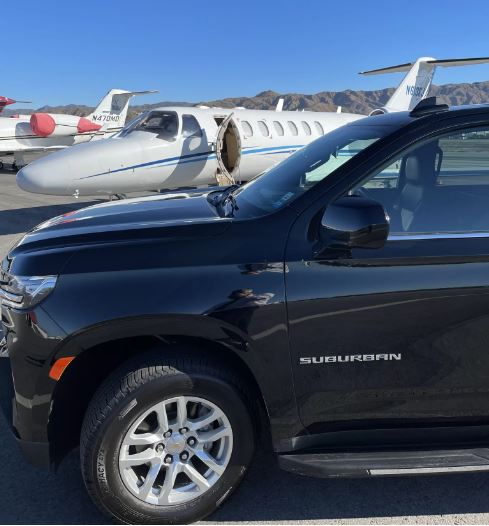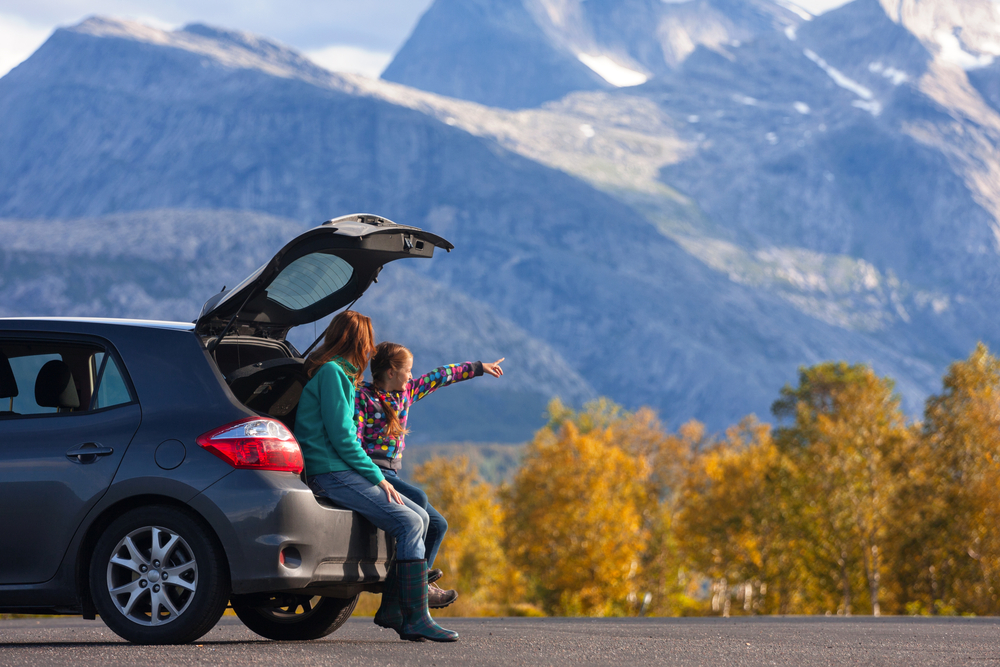Composition and Framing: Mastering the Art of Visual Storytelling
**The Art of Car Photography: Capturing Automotive Beauty Through the Lens**
In the realm of photography, capturing the essence of automobiles presents a unique challenge, demanding a keen eye for composition and framing. Mastering these techniques empowers photographers to transform ordinary vehicles into captivating works of art.
**Composition: The Foundation of Visual Storytelling**
Composition refers to the arrangement of elements within a frame to create a visually pleasing and meaningful image. In car photography, the placement of the vehicle, its surroundings, and the interplay of light and shadow are crucial. By carefully considering these elements, photographers can guide the viewer’s gaze and convey a specific narrative.
**Framing: Defining the Boundaries**
Framing involves using natural or artificial elements to create a visual boundary around the subject. This technique can isolate the vehicle, draw attention to its key features, and create a sense of depth. Photographers can experiment with different framing techniques, such as using trees, buildings, or even the vehicle’s own bodywork to create a visually compelling composition.
**Rule of Thirds: A Guiding Principle**
The rule of thirds is a compositional guideline that divides the frame into nine equal parts using two horizontal and two vertical lines. Placing the vehicle along these lines or at their intersections creates a balanced and visually appealing image. This rule helps photographers avoid placing the subject dead center, which can result in a static and uninteresting composition.
**Leading Lines: Guiding the Viewer’s Eye**
Leading lines are elements within the frame that draw the viewer’s attention towards the subject. In car photography, roads, bridges, or even the vehicle’s own curves can serve as leading lines. By incorporating these elements into the composition, photographers can guide the viewer’s gaze and create a sense of movement and depth.
**Negative Space: Creating Visual Impact**
Negative space refers to the areas of the frame that are not occupied by the subject. By intentionally leaving areas of negative space around the vehicle, photographers can create a sense of isolation and emphasize its presence. This technique can also enhance the overall composition by providing visual breathing room and allowing the viewer to focus on the vehicle’s details.
**Conclusion**
Mastering composition and framing is essential for capturing the beauty and essence of automobiles through photography. By carefully arranging elements within the frame, using framing techniques, and applying compositional guidelines, photographers can create visually compelling images that tell a story and evoke emotions. Whether it’s capturing the sleek lines of a sports car or the ruggedness of an off-road vehicle, the art of car photography lies in the ability to transform ordinary machines into extraordinary works of art.
Lighting Techniques: Harnessing Natural and Artificial Light for Dramatic Effects
**The Art of Car Photography: Capturing Automotive Beauty Through the Lens**
**Lighting Techniques: Harnessing Natural and Artificial Light for Dramatic Effects**
In the realm of car photography, lighting plays a pivotal role in shaping the narrative and evoking emotions. Mastering the art of lighting allows photographers to accentuate the curves, textures, and details of automobiles, transforming them into captivating works of art.
**Natural Light: The Power of the Sun**
Natural light, with its soft and diffused quality, can create stunning images. Golden hour, the period shortly after sunrise or before sunset, offers warm and flattering light that enhances the car’s colors and textures. By positioning the car strategically to take advantage of the sun’s angle, photographers can create dramatic shadows and highlights that add depth and dimension.
**Artificial Light: Shaping and Controlling Illumination**
Artificial light provides photographers with greater control over the lighting conditions. Studio lighting, with its adjustable intensity and direction, allows for precise illumination of specific areas of the car. By using multiple light sources, photographers can create complex lighting setups that highlight the car’s contours and create a sense of atmosphere.
**Combining Natural and Artificial Light**
Combining natural and artificial light can yield exceptional results. By using natural light as the primary source and supplementing it with artificial light, photographers can achieve a balanced and dynamic lighting scheme. This technique allows for the preservation of the natural ambiance while adding depth and drama to the image.
**Experimentation and Creativity**
The art of car photography is not confined to a set of rules. Experimentation and creativity are essential for capturing unique and captivating images. By exploring different lighting angles, experimenting with color filters, and utilizing reflective surfaces, photographers can create images that stand out from the crowd.
**Conclusion**
Harnessing the power of natural and artificial light is a fundamental aspect of car photography. By understanding the characteristics of each light source and experimenting with different techniques, photographers can create images that capture the essence of automotive beauty and evoke a sense of wonder and admiration. Whether it’s the soft glow of golden hour or the controlled illumination of a studio, lighting plays a crucial role in transforming automobiles into works of art that transcend the boundaries of mere documentation.
Post-Processing Magic: Enhancing Automotive Beauty with Digital Tools
**The Art of Car Photography: Post-Processing Magic**
In the realm of automotive photography, post-processing plays a pivotal role in transforming raw images into captivating masterpieces. Digital tools empower photographers to refine and enhance their shots, unlocking the full potential of their automotive subjects.
One essential aspect of post-processing is color correction. By adjusting the white balance, contrast, and saturation, photographers can bring out the true colors of the car and create a visually appealing image. Additionally, selective color adjustments can be used to emphasize specific details or create a desired mood.
Another powerful tool is exposure adjustment. By manipulating the brightness and shadows, photographers can control the overall tone of the image. Underexposing the background can draw attention to the car, while overexposing certain areas can create a sense of depth and drama.
Sharpening is crucial for enhancing the clarity and detail of the car. By applying a sharpening filter, photographers can bring out the intricate lines and textures of the vehicle, making it appear more vibrant and lifelike.
Furthermore, noise reduction is essential for eliminating unwanted grain or artifacts in the image. By applying a noise reduction filter, photographers can smooth out the image and create a cleaner, more professional-looking result.
Beyond these basic adjustments, advanced techniques such as HDR (High Dynamic Range) imaging can be employed to capture a wider range of tones and details. By combining multiple exposures, HDR images offer a more realistic and visually stunning representation of the car.
Finally, creative effects can be added to enhance the artistic appeal of the image. Filters, overlays, and textures can be used to create a unique and eye-catching look. However, it’s important to use these effects sparingly to avoid overpowering the subject matter.
In conclusion, post-processing is an indispensable aspect of automotive photography. By harnessing the power of digital tools, photographers can refine and enhance their images, capturing the beauty and essence of their automotive subjects in a way that transcends the limitations of the camera lens.




